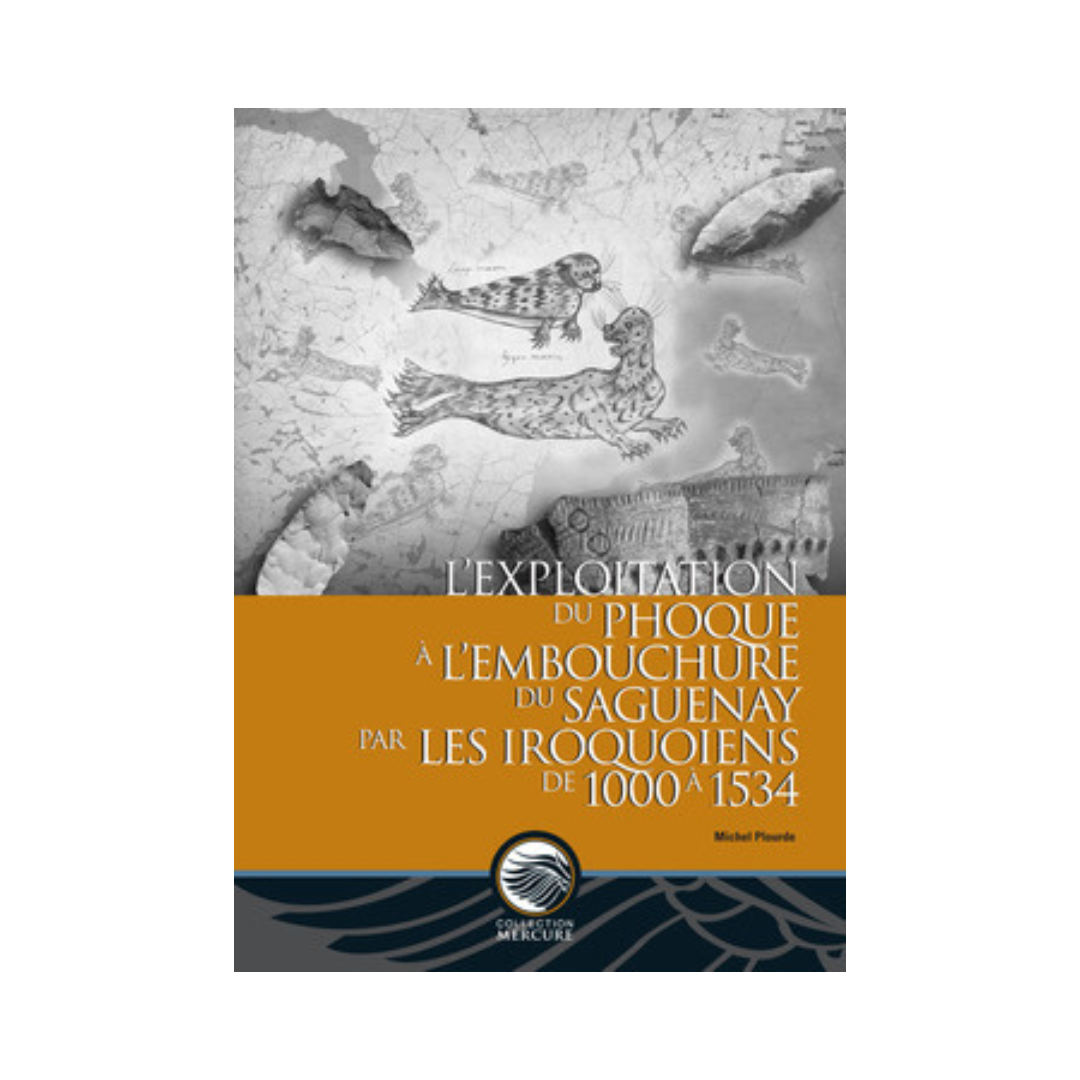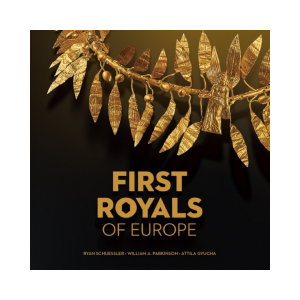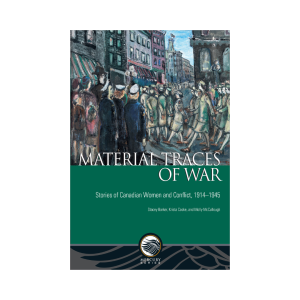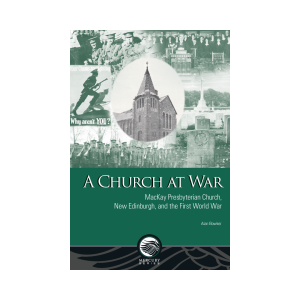L’exploitation du phoque à l’embouchure du Saguenay par les Iroquoiens de 1000 à 1534
$65.00
(French only)
By Michel Plourde
During the Late Woodland Period in Quebec (1000–1534), the St. Lawrence Iroquoians were active in exploiting marine resources — particularly seals — around the mouth of the Saguenay River. In this book, the author describes two seasonal hunts. The first took place in spring, when male hunters drew on large populations of Greenland seals. The second was in summer, when entire families hunted grey seals and common seals.
L’exploitation du phoque à l’embouchure du Saguenay par les Iroquoiens de 1000 à 1534
By Michel Plourde
December 2012, ISBN 978-2-7603-0793-3
Mercury Series, Archaeology Paper 171
274 pp., 141 illustrations, 17 x 24 cm, paperback (French only)
During the Late Woodland Period in Quebec (1000–1534), the St. Lawrence Iroquoians were active in exploiting marine resources — particularly seals — around the mouth of the Saguenay River. The Iroquoians likely came from the Québec City area, where their base camps were located. They had adapted to the rich marine resources of the estuary over time, becoming the most mobile of the St. Lawrence Valley Iroquoians.
In this study, the author describes two seasonal hunts. The first took place in spring, when male hunters drew on large populations of Greenland seals. The second was in summer, when entire families hunted grey seals and common seals. The by-products of the seal hunt would have been used as food reserves, raw materials or trade items. The author also presents the hypothesis that these excursions into the river estuary were not necessarily related to the precarious nature of agricultural pursuits in the Québec City region, given that agricultural practices would have been adopted only in the 14th or even at the beginning of the 15th century.





